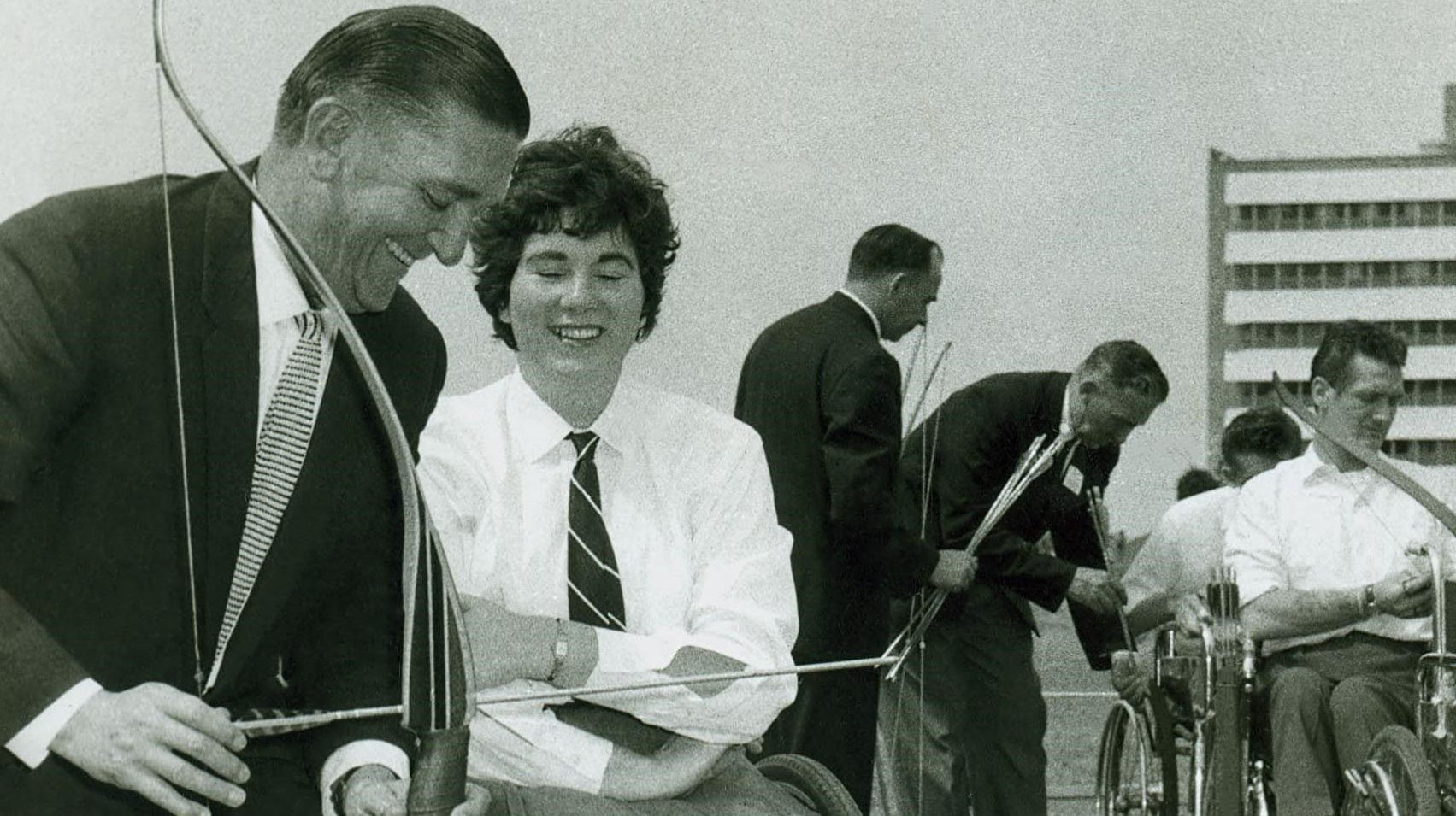Following the announcement last week of the Australian Paralympic Committee’s (APC) groundbreaking partnership with Commonwealth Games Australia (CGA), we reflect on the history of the integration of Para-sport at the Commonwealth Games, which has occurred in three stages over 40 years.
Between 1962 and 1974, four Commonwealth Paraplegic Games were held immediately before or after the British Empire and Commonwealth Games, an initiative of Australian surgeon and director of the Spinal Unit of Royal Perth Hospital, Sir George Bedbrook.
The driving force behind the Paralympic movement in Australia, Bedbrook was encouraged to organise Para-sport in Australia, and by 1959 the Paraplegic Association of WA began to promote the 1962 Commonwealth Paraplegic Games.
93 athletes from nine nations competed at the 1962 Commonwealth Paraplegic Games in Perth, with Australia topping the medal table with 38 gold.
Sports included on the program were archery, athletics, basketball, Dartchery, fencing, pentathlon, snooker, swimming, table tennis and weightlifting.
With competitor numbers nearly doubling by the 1970 Commonwealth Paraplegic Games in Edinburgh, Scotland, in the 1980s there was growing support for the inclusion of Para-sport in the major multi-sport Games.
At the 1994 Commonwealth Games in Victoria, Canada, Para-athletics, Para-lawn bowls and Para-swimming were included on the Commonwealth Games program as exhibition events, before achieving full medal status at the 2002 Games in Manchester, with the addition of Para-powerlifting and Para-table tennis.
Up from 22 events across five sports at the 2014 Commonwealth Games in Glasgow, Scotland, Gold Coast 2018 is set to deliver the largest Para-sport program in Commonwealth Games history with 38 medal events across seven sports, those being: Para-athletics, Para-lawn bowls, Para-powerlifting, Para-swimming, Para-table tennis, Para-track cycling and Para-triathlon.
By Commonwealth Games Australia
Posted: 9/6/17



 Join AUS Squad
Join AUS Squad
